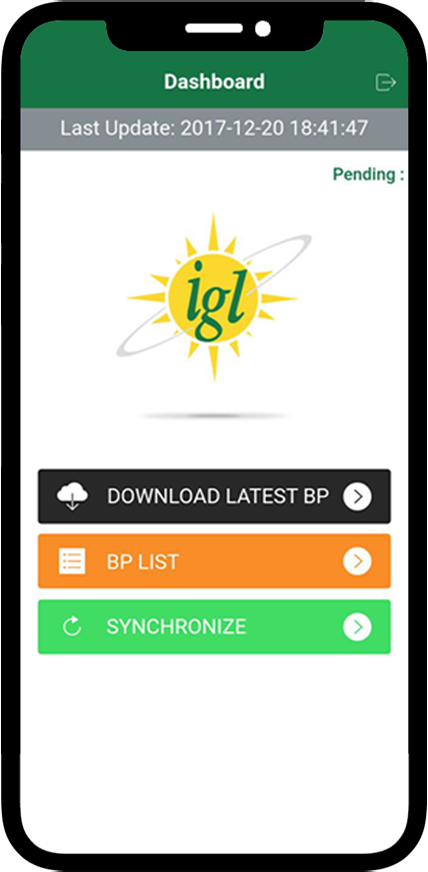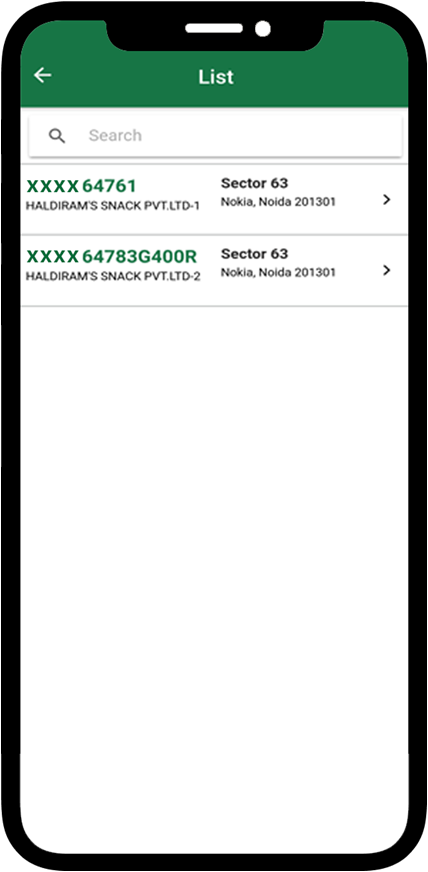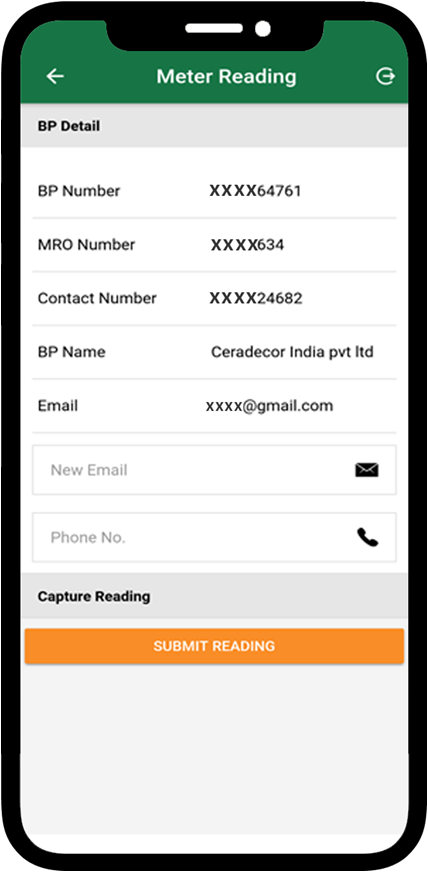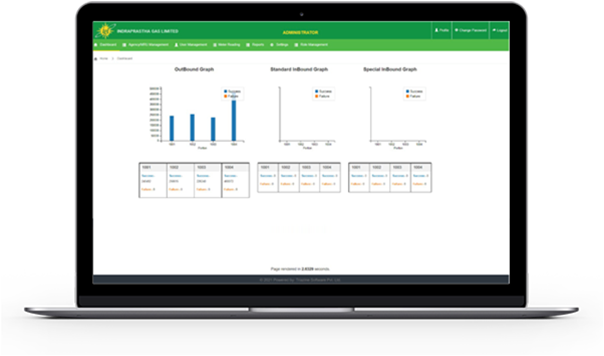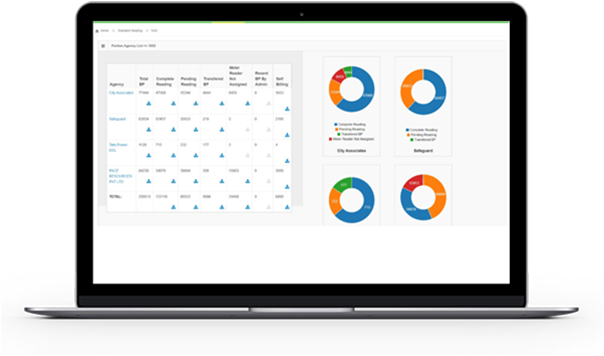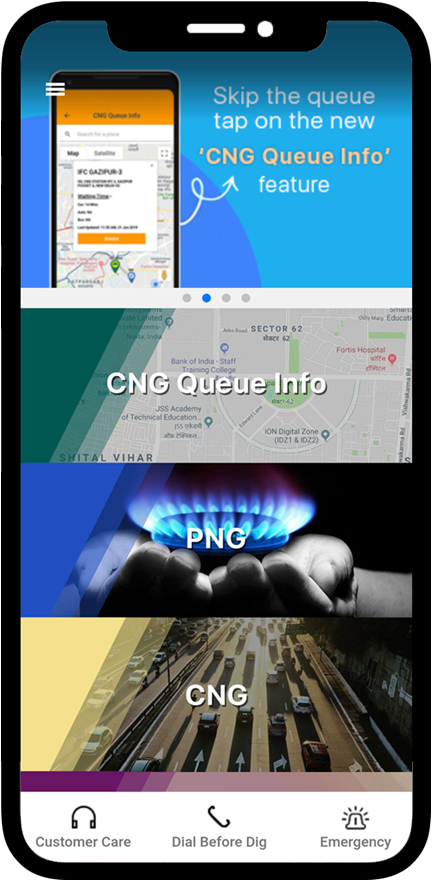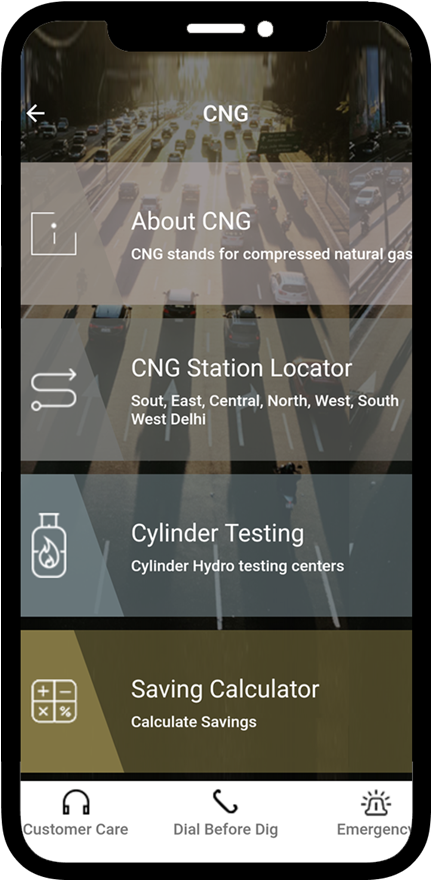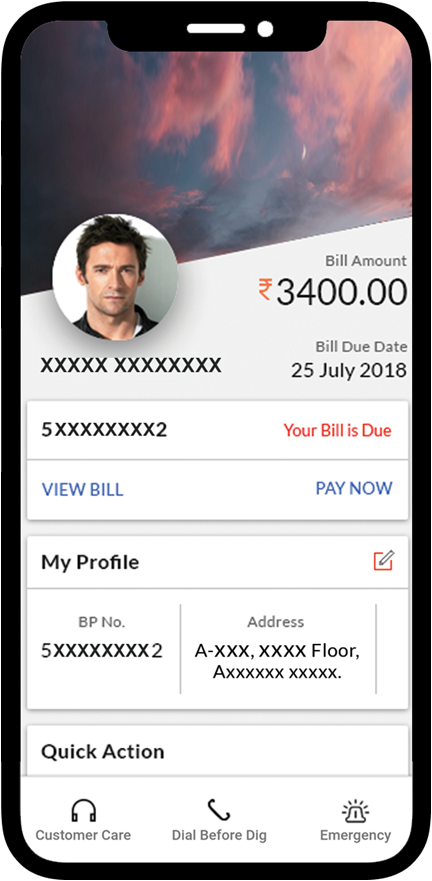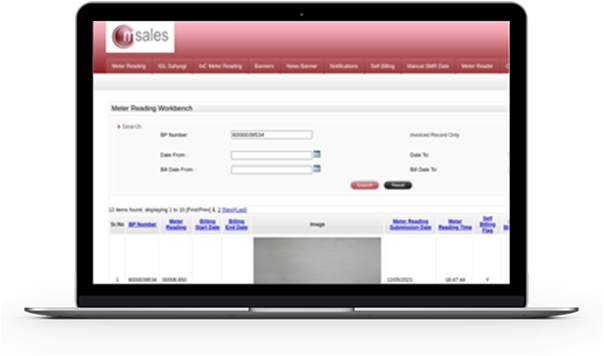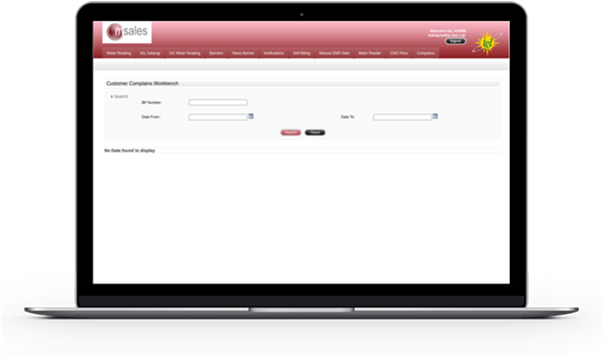The future of the Indian oil and natural gas industry
India’s oil and natural gas industry is the 3rd largest energy and oil consumer in the world, after China and the US.

Moreover, it is the 4th largest importer of liquefied natural gas (LNG). It has consumed over 213.13 MNT petroleum products and 64.14 BCM natural gas in FY 19-20, at a growth rate of 0.4% and 5.5% over FY 2018-19 consumption levels. With the continued increase in its population, the demand for oil and natural gas is bound to grow in the years to come.
As per market researchers, the Indian oil and gas are expected to record a CAGR of over 2.64% during the period 2020-2025. Factors like an increase in natural gas pipeline capacity, increasing refining capacity, and increasing demand for petroleum products are expected to grow in the forecasted period. There is a significant dependence on the imports of crude oil and natural gas for satisfying the domestic demand; however, the high volatility of crude oil prices is expected to restrain the growth of the Indian and gas market.
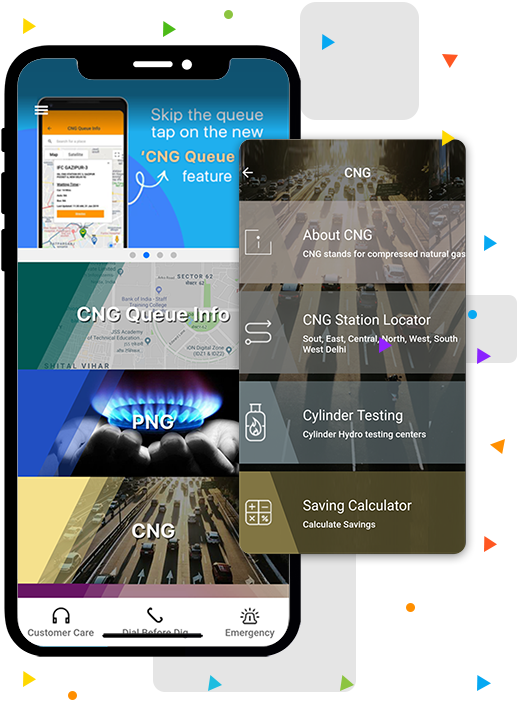
Mobile Apps: The secret weapon to oil and natural gas industry’s digitization
Since 2015, the oil and natural gas industry has struggled due to excessive demand and the lack of crude oil sources. To make things worse, several oil and gas fields across the world are depleted. Mobile and web solutions not just reenergize the industry but even impact the global market size. By developing an enterprise mobility strategy, oil and natural gas industries can renovate their businesses, reduce the time spent on mundane tasks and upsurge overall productivity.
The use of mobile and web apps results in significant savings and uninterrupted growth. Moreover, it increases the efficiency of logistics, helps with data visualization, and improves the safety of employees. The web and mobile apps assist in digital transformation, assisting the developers in coding innovative apps. With mobile-optimized forms and field apps that easily integrate with database and web services and code role-based security. When incorporated with offline features, such mobile and web apps can transform the oil and natural gas industry and provide them with the much-needed makeover. It is why developers are increasingly coding mobile apps for field workers to make their manual processes and tasks easy, hassle-free, and less complicated.
Why do the oil and natural gas industry need software apps
What benefits can the oil and natural gas industry leap from software development? Being one of the most crucial markets globally, companies indulged in this domain can expect to see the following benefits.
Benefits include

Capture data accurately and efficiently
In the oil and natural gas industry, most of the fieldwork is performed by field managers. They need solutions that capture information quickly and accurately, not on a pen-and-paper mode, without losing productivity and filling in wrong data. And then, they can’t carry around their laptops too. However, with a mobile phone or a tablet, people can quickly get information and spend more time doing other parts of the job, eventually reducing downtime. In addition, workers and field agents can review information better with a mobile device instead of deciphering notes written in the field.

Log in real-time information
Smartphones and tablets with geolocation information make it easier to match agents with customer requests. It also improves safety by locating dangerous geographic areas. In simpler words, location helps get information to the right people in the right context at the right time. Such real-time operational intelligence saves a lot of headaches and time.

Geolocation features
Data is always power, even in the oil and natural gas industry. Mobile apps and solutions can gather vast amounts of data, allowing agents to make fast decisions and leading to high-quality results.

Make better business decisions faster
More data plus timely information and better collaboration. It allows task prioritization, which reduces errors, better process precision, and leads to higher ROIs.

Ensure seamless collaboration
The oil and natural gas industry encompasses a vast and sprawling population with people from different regions needing to work together, from the field offices to the executives. Software apps make the collaboration between technology and humans seamless and practical. They facilitate collaboration between operators, engineers, and other executives from different countries and accomplish project goals.
The types of application for the oil and natural gas industries
With the constant transformation in the digital arenas today, a wide variety of software applications can now be deployed across engineering and operations. These technologies enable a seamless flow of information whenever and wherever needed, hence, closing the decision-making loop and moving beyond data capture to include real-time analysis, feedback and response.
Such advancements have resulted in a drastic shift in how the oil and natural gas industries use software technology. Unlike the previous times when such technologies were only used to get information to the field personnel, their use has completed revamped and modernized the infrastructure. Examples include:
Asset Management

Such apps include work order management, maintenance management, asset and inventory management, and engineering data management. Mobile and web apps enable rapid responses, nullify unforeseen risks and unlock timely preventive maintenance.
Inspection and Condition Monitoring

Such mobile and web apps allow technicians to easily collect large volumes of data and immediately take corrective actions. Data capture is the primary benefit of such apps, practiced via barcoding, RFID, or GPS systems to identify the asset and use touchscreen menus, cameras, and other peripherals to record observations.
Regulatory Compliance

Such apps handle compliance reporting and management, filtered via different categories like geography, business unit, or business function. They monitor the compliance processes and report any safety issues.
Materials Management

Mobile devices are increasingly being used for procurement, reordering, and stock transfer orders, quality assurance, restocking, and stock issuing. A centralized database enables process transparency.
Supply Chain Collaboration

Such software systems help specialist workers to collaborate in real-time across the global supply chains without any physical presence restraints. It increases productivity and reduces time-to-market that goes into the oil and gas app development process.
Workforce Management

Oil and gas companies usually have thousands of technicians working around the world. It makes managing this massive workforce complex and time-consuming- from availability and shifts rotation to skills and monthly reimbursements. Tailor-made apps take all such issues into account and simplify workforce management.
Analytics and Dashboards

Such apps provide real-time insights and better the decision-making process. Users can access these apps, generate reports, and gain deep insights into the operation.
Fuel Management

Tracking fuel consumption and timely replenishing it is critical to cost-efficient operations. With apps, oil and gas companies can measure the demands, upload fuel order forms, track consumption, perform remote monitoring, send alerts and reports and measure KPIs.
GIS and GPS Tracking
Apps that track location and vehicles are extensively used in the energy sector. It allows companies to perform real-time monitoring of critical machinery and match asset demand with product availability. In the long run, such digitization procedures enable preventive maintenance practices and reduce downtime.
Electronic Logbooks

Oil and gas companies with offshore operations either manage or manually maintain logbooks in Microsoft Excel, making it impossible to standardize processes and manage voyage operations. Apps with standalone mobile logbooks can address these challenges and enable data synchronization with the back office.
Capacity Extensions and Retooling

Such apps can increase employee productivity by capturing essential information from contractors on the spot, quickly route completed tasks while spending minimum time on data gathering.
Partner Management

These software apps streamline partner management by easing performance analysis, maintenance, and billing procedures. They reduce the lengthy process to a few minutes.
Triazine experts have developed software solutions for the following companies
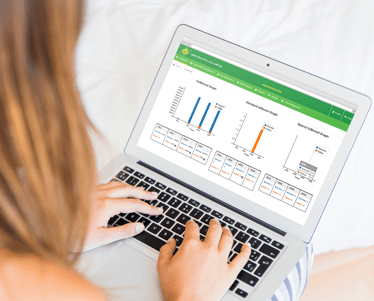
IGL Meter Reading | Web Portal
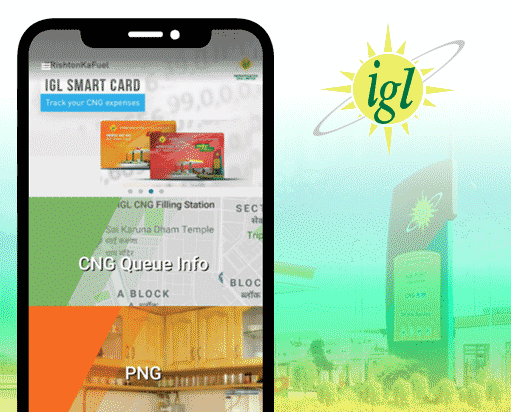
IGL Connect - Oil & Natural Gas Industry | Mobile App

